593 najdenih rezultatov
Skip results of view Novice
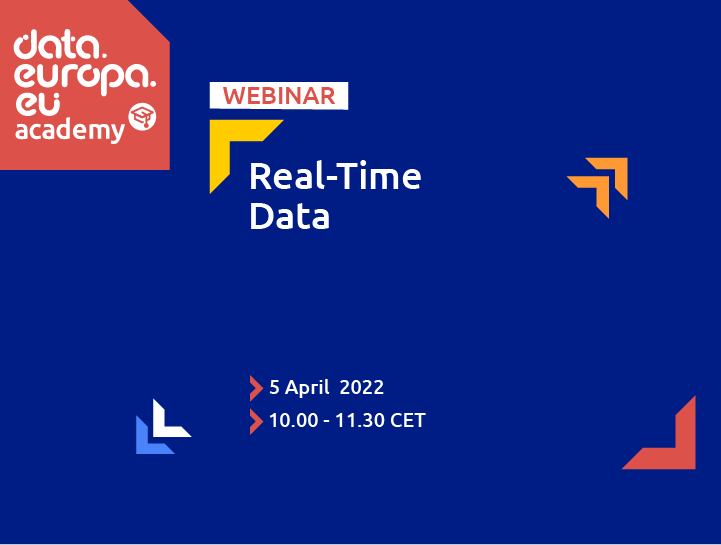
Countless users rely on real-time data to understand whether it will rain in the next 30 minutes or to check gasoline prices before filling their cars on the way to work. These dynamic datasets can even save lives, such as with weather and flood warnings. On 5 April 2022, the data.europa academy hosted a webinar on real-time data to explain how the site handles numerous real-time data sets. Our presenters Antje Kügeler and Simon Jirka helped participants to understand: what is real-time data; the different types of real-time data that are available on data.europa.eu; the necessary technology
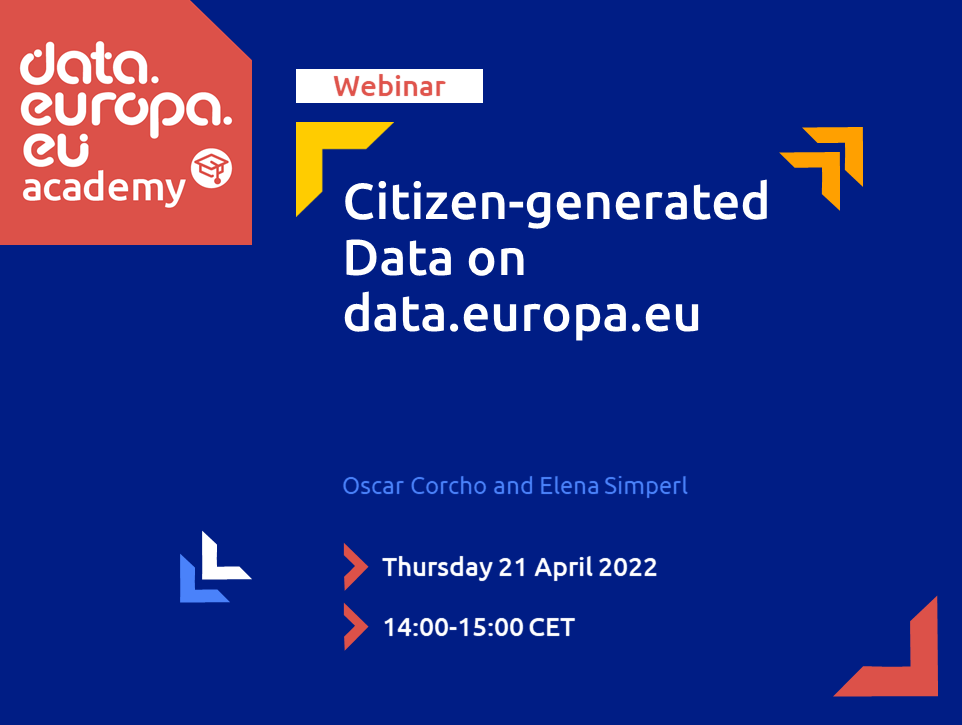
T he private sector often relies on user-provided information to keep data relevant, particularly in dynamic environments. Crowd-sourc ed information from users ha ve helped mapping applications to inform drivers about traffic jams and help diners find cafés with empty tables. Citizens also produce and collect data to help their communities and the wider environment , whether to track deforestation , marine pollution , or broken streetligh ts . While citizens collect and share a lot of useful data, open data portals hold very few citizen-generated datasets, both in absolute and relative terms
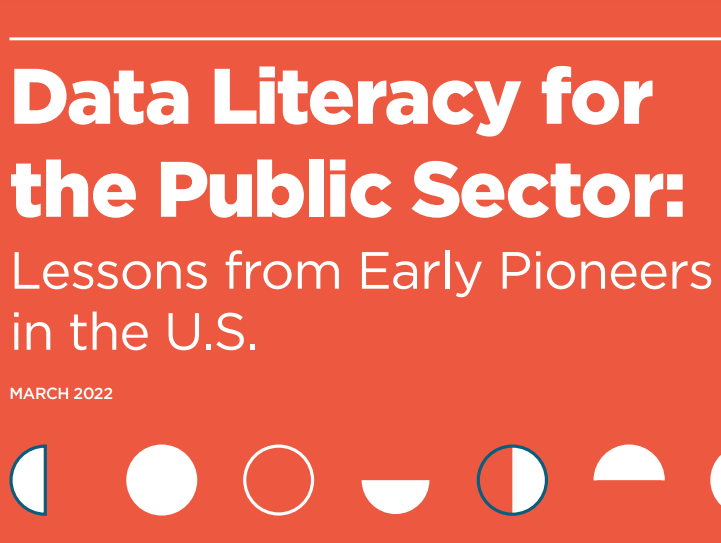
Data literacy is increasingly recognised as a core competency in organisations. A data literate workforce means that individuals across the organisation can read, write, and communicate with data in the context of their role. The report “ Data Literacy for the Public Sector: Lessons from Early Pioneers in the U.S. ” published in March 2022 by the Data Foundation states that advances in the access, collection, management, analysis, and use of data across public sector bodies substantially contributed to steady improvements in governmental services. The report investigated 10 pioneering

The deadline to submit proposals for applications using open data from data.europa.eu closed on 31 March 2022. We are pleased to announce that we received a record 156 proposals to address this year´s challenges! Overview The proposals came from 121 teams, from 38 countries. The challenge ‘A Europe fit for the digital age’ attracted highest number of app proposals (59). It was followed by the challenge ‘European Green Deal’ (47). The two other public procurement challenges using ted.europa.eu together collected 50 proposals, broken down into: Transparency in public procurement (26) EU

Spletni seminar o akademiji data.europa je bil po dokumentu za razpravo o merjenju povpraševanja po podatkih v javnem sektorju namenjen uvedbi pomena povpraševanja po odprtih podatkih in ponovne uporabe v javnem sektorju. Zdaj si lahko ogledate posnetek seje. Po predstavitvi dokumenta za razpravo Charlotte van Ooijen, pridružene direktorice in raziskovalke v lizbonskem svetu, sta dva strokovnjaka iz prakse in akademskega sveta, Frederika Welle Donker in Antonin Garrone, predstavila najboljše prakse ocenjevanja povpraševanja po podatkih in na moderirani razpravi preučila vpliv na ponudbo

Millions of people affected by Russia’s invasion of Ukraine have fled the country. In this crisis, providing reliable information is key to manage humanitarian aid and collect evidence to support the country. Monitoring the movement of refugees from Ukraine to other countries in Europe helps governments to make the necessary strategic decisions based on factual data. Since the beginning of the war, data.europa.eu joined the initiative and provides the central access point to information from national and supranational data portals on the effects of Russia’s invasion of Ukraine. Information at
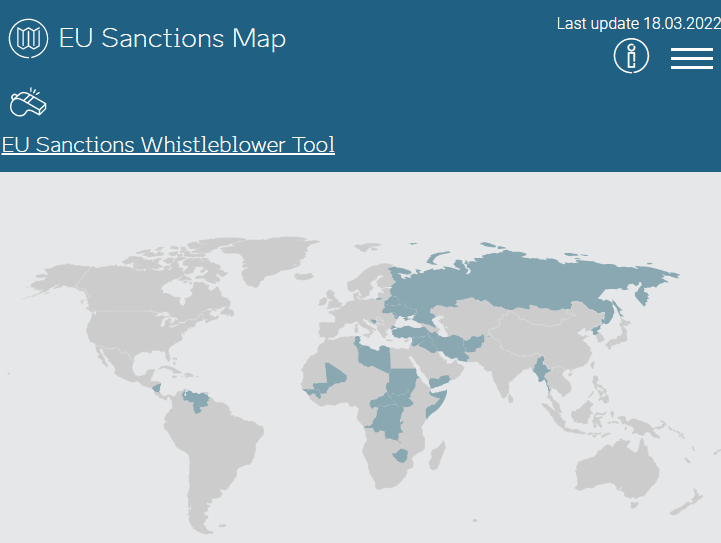
Sanctions are key tools through which the EU can intervene to prevent conflict or respond to ongoing crises. The EU sanctions map allows keeping track of all non-punitive restrictions that the EU has applied to non-European countries, including asset freezing, arms embargoes, or admission restrictions. At present, the EU has over 40 different sanctions regimes in place, some of which are mandated by the UN Security Council, while others are autonomously adopted by the EU. Among the latter measures also count the restrictive measures in view of Russia's invasion of Ukraine. The EU sanctions map
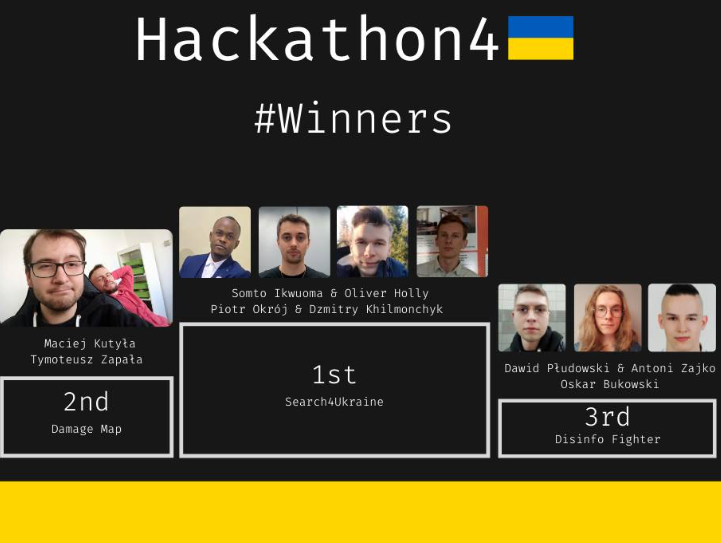
On 19 March 2022, Hackathon4Ukraine, a coding event took place, challenging data enthusiasts from all around the world to develop apps to help Ukrainian population affected by the Russian invasion. This initiative was organised by a group of programmers and students from the Warsaw University of Technology and the Imperial College London. With the support of professional programmers, participants developed mobile or web applications within 24 hours. To facilitate the creation of impactful solutions, volunteers dealing with problems in Ukraine were present throughout the event, sharing their
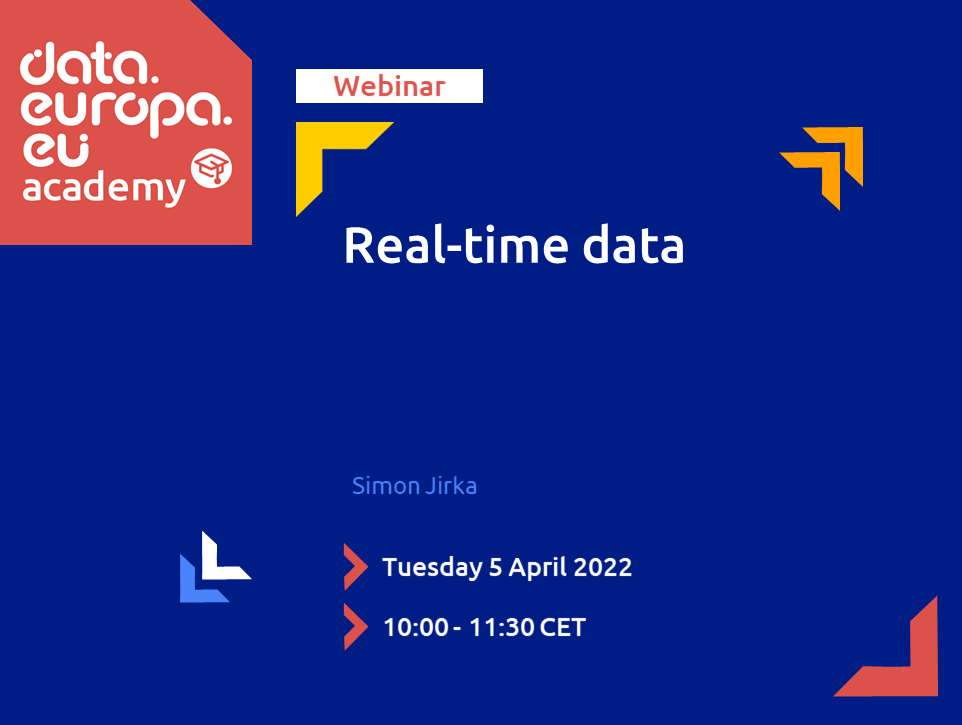
What is real-time data and why is it a valuable source of information? Join the data.europa academy ’s webinar “Real-Time Data” on Tuesday 5 April from 10:00 – 11:30 AM CET. The webinar will be facilitated by Simon Jirka, Managing Director at 52°North Spatial Information Research GmbH . He will present the status of real-time data on data.europa.eu and provide concrete examples of real-time data in traffic information or natural hazards monitoring as well as an overview of relevant standards, APIs, and technologies. Participants will be invited to share their ideas on relevant technologies
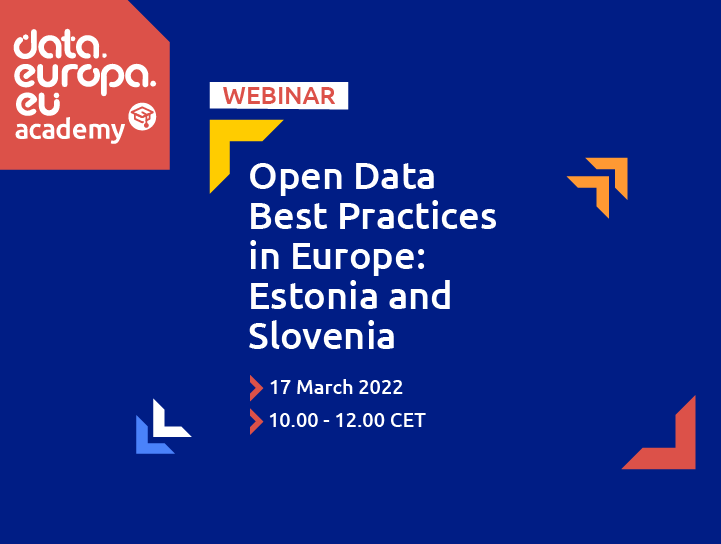
Watch the recording of the latest data.europa academy webinar to l earn more about Estonian and Slovenian open data success stories. In this session, national representatives of the open data team from Estonia ( Sigrit Siht , Ministry of Economic Affairs and Communications) and Slovenia (Ales Versic , Office for Digital Transformation) share their knowledge and experience in steering the development of open data in their countries. As top performers in the 2021 Open Data Maturity assessment , Estonia and Slovenia were selected to be part of the 2022 report Open Data Best Practices in Europe
